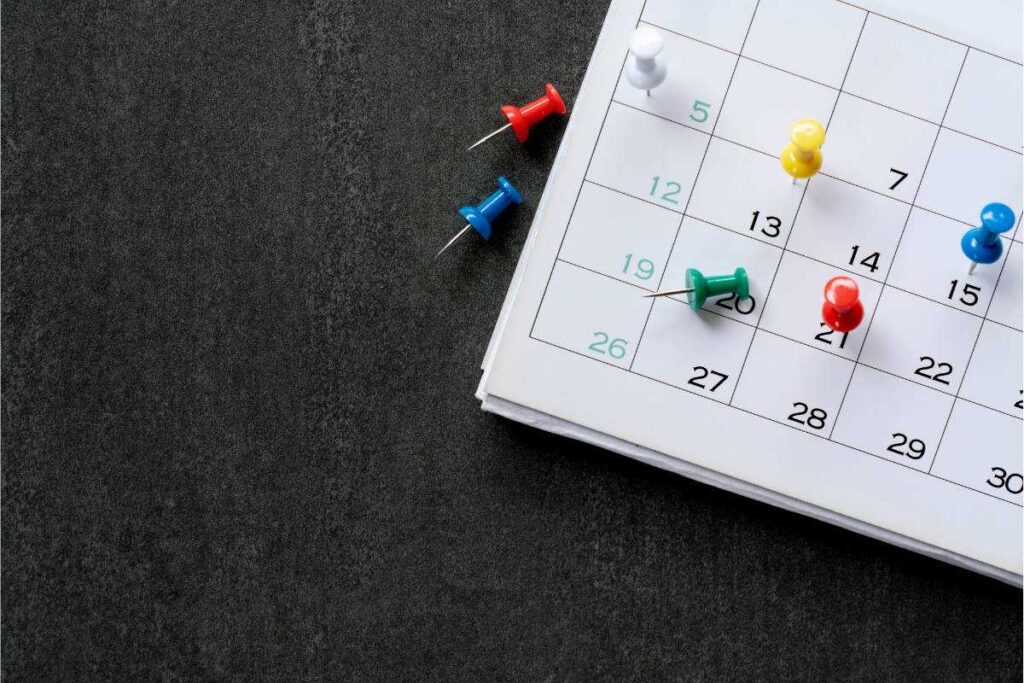
In the fast-paced world of education, students are constantly seeking effective and efficient ways to enhance their learning and retention.
One powerful technique that has gained significant traction is the use of flashcards combined with spaced repetition.
This dynamic duo has proven to be a memory magic trick for mastering studies, helping learners retain information longer and in a more organized manner.
Let’s delve into the world of flashcards and spaced repetition and uncover the tips for harnessing their potential.
Table of Contents
The Power of Flashcards

Flashcards have been a staple of learning for generations and for good reason. They offer a simple yet impactful way to condense information into bite-sized pieces.
The act of creating flashcards alone is a cognitive exercise that aids in encoding information into memory.
When writing down questions or concepts on one side and their corresponding answers on the other, students engage in active recall, strengthening their memory pathways.
Spaced Repetition: The Science Behind It
Spaced repetition is a cognitive technique based on the psychological principle that spacing out the review of material over increasing intervals of time leads to better retention.
In simpler terms, instead of cramming all at once, students review information at strategically timed intervals.
This technique capitalizes on the brain’s tendency to forget and relearn, reinforcing memory traces and making them more resistant to fading over time.
Tips for Effective Flashcard Mastery with Spaced Repetition

Chunk Information: Break down complex concepts into smaller, manageable chunks. Each flashcard should focus on a single idea, making it easier for your brain to process and remember.
Consistency is Key: Set a regular schedule for reviewing them. Consistency ensures that you reap the benefits of spaced repetition and avoid last-minute cramming.
Start Early: Begin creating and reviewing them well in advance of exams or assessments. Spaced repetition relies on spaced intervals, so starting early gives your brain more time to strengthen memory pathways.
Use Visuals: Incorporate diagrams, images, and colors into your cards. Visual aids can enhance memory retention by adding a visual dimension to the information.
Mix It Up: Don’t review them in a predictable order. Shuffle them regularly to prevent relying solely on the order of appearance.
Test Yourself: Instead of passive reading, actively quiz yourself using flashcards, and this is where a tool like Gizmo can come in handy. Engaging in recall and self-assessment reinforces memory.
Prioritize Difficult Cards: Identify cards that you find challenging and review them more frequently. Spaced repetition is flexible; adjust intervals based on your personal learning curve.
Utilize Technology and Alternate Methods: Numerous apps and online platforms offer digital flashcard creation and spaced repetition features. These tools can streamline the process and make studying on the go more convenient. In addition, there are many other activities that foster positive learning, such as meditation, that may be worth a shot.
Conclusion

In conclusion, the combination of flashcards and spaced repetition offers a powerful strategy for effective studying and long-term retention.
By breaking down information, leveraging spaced intervals, and incorporating active recall, students can tap into the memory magic that this technique provides.
So, whether you’re preparing for an upcoming test or aiming to master a new subject, don’t underestimate the potential of flashcards and spaced repetition in boosting your learning journey.







